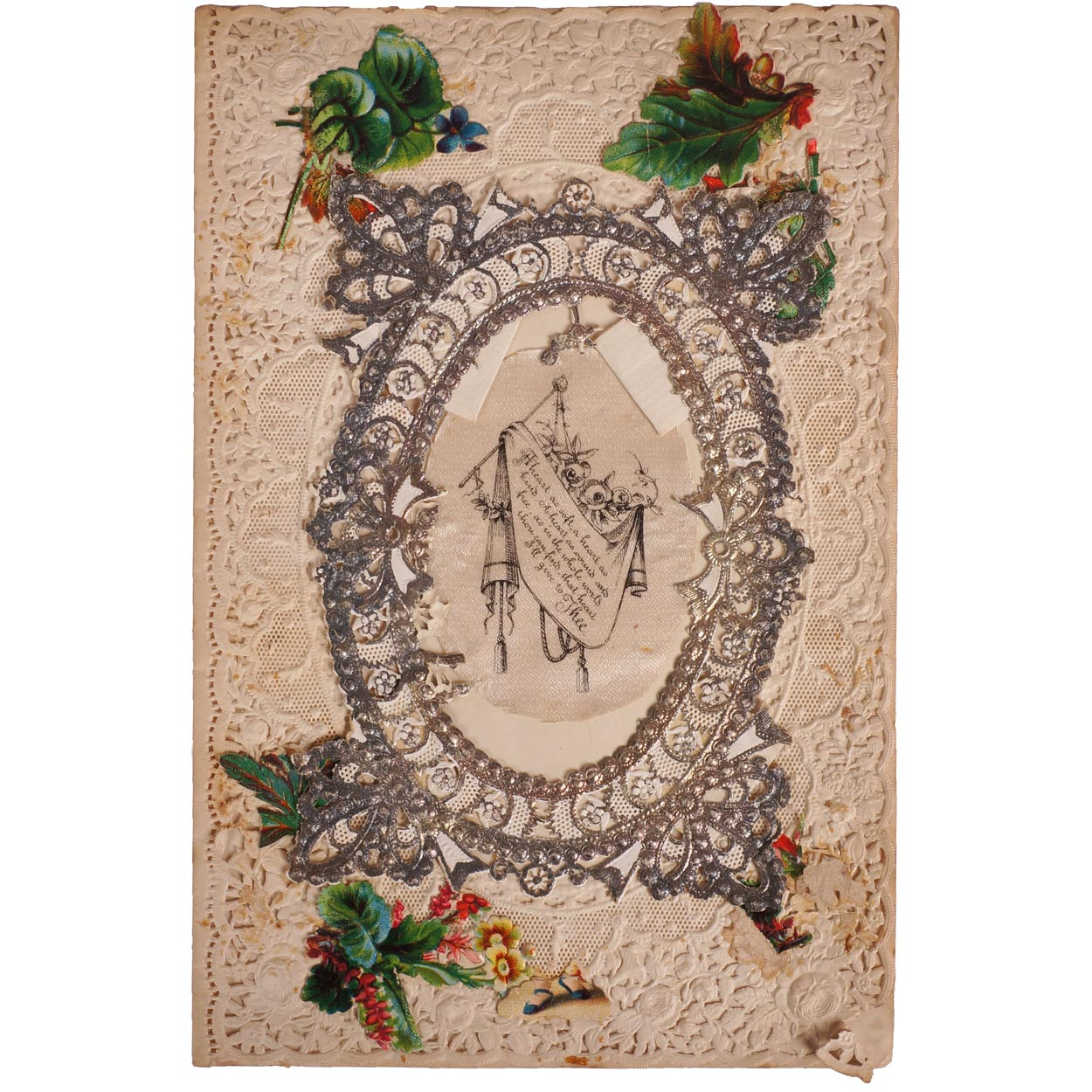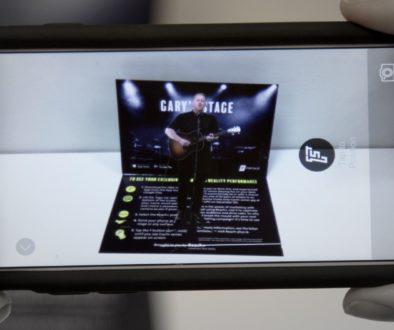Print, Mail and Valentine’s Day
Some of us get one, some of us get none. Some of us need a pallet truck to steer the load in to the house. Valentine’s Day. Love it or hate it, it’s here to stay. It’s the time for romance, Rolo’s and flowers. A time to think about long walks on the beach, lost loves and relationships.
The first Valentine’s cards were sent in the 18th century. These were handmade using paper and decorated with flowers, ribbons, lace and lines of poetry. If you struggled with creativity, you could buy books that offered advice and guidance on wording to use and images to draw.
By the early 19th century, handwritten Valentines soon gave way to the printed variety through industrialisation. By the mid 19th century, the design of cards had begun to feature elaborate paper lacework, embossing and intricate designs. This was the Victorian equivalent of laser cutting and Scodix that we use today.

These delicate and elaborate cards quickly became popular and despite postage costs being expensive, over 60,000** were sent by post in 1835. This was to change with the introduction of the Penny Black stamp in 1840. The stamp simplified the complex postage system and reduced the cost of sending an item of mail. After just one year of being in use, the number of postal Valentines had rocketed to 400,000 *. Talk about the power of print and direct mail!
In 1913, Hallmark Cards produced their first Valentine’s card. This was a key step in the commercialisation of Valentine’s Day. Since then, Valentine’s Day is a now a billion pound industry with most Brits spending money on cards, chocolates, flowers and gifts each year.
The Greetings Card Association estimates that 21 million Valentine’s Day cards were sent in 2015 in the UK** (we suspect Mildred, the office pooch, got a good percentage of these).
Get in touch with us and find out how we can help your business to harness the power of print and direct mail (we also a devastatingly gorgeous design service too so you don’t have to struggle with paper lace!).
*https://en.wikipedia.org/wiki/Valentine’s_Day


